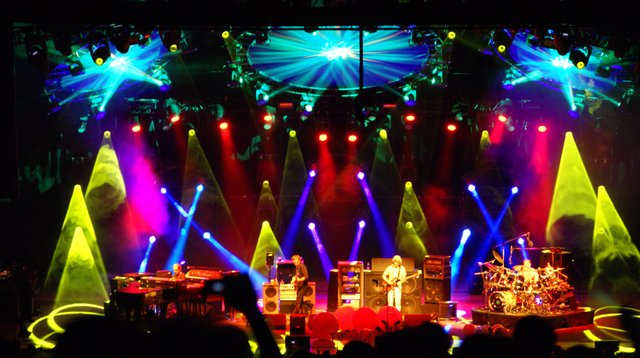MY JOURNEY
join me as i take you through my music journey, its gonna be fun as i am going to be uploading videos of my craziest live concerts from artist all over the world.

Music is about human beings communicating with other human beings,” said Andrew Dubber, professor of music industry innovation at Birmingham City University and director at Music Tech Fest.
Live music has existed for as long as humans have been communicating—that is, since the dawn of man. Here’s a quick history.

100,000 years ago: First prehistoric performances. Humans “perform” by mimicking sounds in nature, meteorological phenomena, or animal calls.
40,000 years ago: The first musical instrument is made of animal bones. The earliest-known flutes are thought to have been used for “recreation or religious purposes,” experts say.
8th century B.C.–6th century A.D.: Ancient musical performances. In ancient Greek and Roman societies music performance becomes ubiquitous at marriages, funerals, other religious ceremonies, and within theatre. Persian and Indian classical music is used in comparable fashion.
Middle Ages: Churches become the main music venues in the Western world. Pipe organs are installed in big cathedrals with natural acoustics, adding a spiritual and imposing character to the music.
Baroque Era: Multiple-sized music venues. Composers such as Bach do a lot of their playing in churches smaller than a Gothic cathedral. In the late 1700s, Mozart performs his compositions at events in grand, but not gigantic, rooms. People now dance to the music, too.
1700s: Opera emerges as a new form of entertainment. Big music halls, such as the still very popular La Scala (1778) in Milan, are constructed. Musical ensembles — by then called orchestras — grow gradually throughout the 18th and 19th centuries.
1960s: The modern concert format emerges. American promoter Bill Graham develops the format for pop music concerts. He introduces advance ticketing (and later online tickets), modern security measures, and hygiene standards.
1960s–1970s: Live music exerts a major influence on popular culture. Large-scale amplification facilitates the expansion of massive music festivals — the prime example being 1969’s Woodstock Festival, attended by over 400,000 people.
1970s: Pink Floyd pioneers concert visuals and special effects. The British rockers incorporate huge screens, strobe lights, pyrotechnics (exploding flash pots and fireworks), and special effects (from helium balloons to a massive artificial wall). The band also uses quadrophonic speaker systems and synthesizers.
we can go on and on to keep talking about this, summing it all is that music is one of the best and most emotional ways to communicate.
Followed and looking forward for your music!
Καλώς ήλθες!
thanks @katerinaramm